Reviews
La nuit américaine
François Truffaut
France / Italy, 1973
Credits
Review by Stephen Snart
Posted on 15 April 2010
Source Warner Bros. Home Entertainment DVD
It’s all there in the title: Day for Night, or La nuit américaine. Named after a filmmaking technique in which a sequence is shot during the day but made to look as if it is set during nighttime, the film’s title refers directly to the artificiality of cinema, while also hinting at the dominant influence of America on all moviemaking. Taking a cynical attitude, one could assume that the title is pointing to a certain “phoniness” inherent to the medium: film is always marked by the tinkering of post-production and can never be an accurate reflection of reality. Even the cinematic artifacts that purport to be reality - investigative documentary, IMAX nature movies, the latest YouTube sensation - are all suspect of being altered by editing, coloring, audio manipulation, digital effects and multiple takes. But Day for Night while melancholic and measured, is not cynical. Instead it is an effusive but sober love letter of a film, and its title speaks to the magical exoticism of the seventh art form.
Day for Night depicts a film crew setting up in Nice to produce a mid-sized romantic drama about family and infidelity. As a movie about moviemaking, it observes the confusion, calamities and couplings that occur on the average film set. Truffaut himself co-stars in the large ensemble as Ferrand, a half-deaf director with an exterior façade of total composition but an interior plagued by insecurity. It’s a remarkably confident, sturdy performance for a filmmaker not known for stepping in front of the camera.1 His character here, Ferrand, doesn’t meet his lead actress, Julie, until the day she arrives on set. Played by real life movie star Jacqueline Bisset, Julie is a mentally fragile beauty who recently walked off another production following a psychological breakdown. The casting of Bisset, an Englishwoman, offers insight into the need for foreign productions to hire commercially viable actors, even at the expense of efficiency – a practice common during the 70s and reflected in Truffaut’s Fahrenheit 451. There’s a marvelous moment in which we hear Julie’s internal reflection that she’ll have to practice her French after shooting her first scene.
Julie’s situation isn’t Ferrand’s only concern. He also has to deal with the petulant young actor Alphonse, played by Jean-Pierre Léaud. Like Bisset, Léaud’s casting is another bout of self-reflexivity, as Léaud played Truffaut’s most famous character, Antoine Doinel, in The 400 Blows and beyond. His portrayal of a wishy-washy actor pays homage to the fickle Doinel that accelerated the careers of both him and Truffaut. His casting in Day for Night could have been a crass wink-wink if Léaud wasn’t such a fine actor.
As for plot, we have Alphone’s misguided love affairs, first with disinterested script girl Liliane and eventually with Julie, as well as Ferrand’s battle to keep everything on schedule. But more than anything, Day for Night is a series of behind-the-scenes vignettes chronicling issues both grand and small: the painful hilarity of a past-her-prime diva’s inability to open the right door after multiple takes, debates over whether to recast an actress who turned up to set pregnant (“An actress who won’t appear in a bathing suit is ludicrous!”), and the sudden death of a beloved and essential cast member. The one constant is that throughout it all, the intrepid cast and crew soldier on, determined to complete their film.
The opening five minutes of Day for Night alone are so densely packed with filmmaking minutiae that it might inflict a migraine upon the unsuspecting viewer. But anyone who has ever toyed with the idea of becoming a filmmaker - even for a second - should seek out Day for Night as soon as possible. The film explicitly illustrates the complexity of the process of filmmaking and the madness of the industry to which it belongs. But at the same time it’s not cynical or jaded enough to discourage budding filmmakers, a quality that channels the infectious spirit of the French New Wave film movement which found Truffaut and other rabid cinephiles taking to the streets and making their films by any means necessary.
In an interview on the DVD special features, film theorist and historian Annette Insdorf notes, “there were plenty of movies about movies before Day for Night and have been far too many since.” Such films range in quality from Contempt and Irma Vep to dreck like The Last Shot and State and Main. But even though this niche genre is in a sense oversaturated, Truffaut’s film sets the standard for its ability to capture both the sheer joy and the melancholy of filmmaking. The balance between adoration and exposé is so delicate that the only film to come close to matching this kind of unconditional love of cinema is Frank Oz’s Bowfinger. Like Truffaut, Oz captures the unrivaled excitement of making a movie, even of one of questionable repute, as well as the level of conniving involved, qualities that lead both films to walk the fine line of simultaneously exalting and dispelling the magic of cinema.
Ultimately, Day for Night is a film about love. Not just love of movies but human love too. And love in all forms: messy love, romantic love, misguided love, unrequited love, and so forth. Throughout the film, Alphonse queries the cast and crew: “Are women magic?” He receives a variety of responses along the way, the wisest coming from Julie, “Everyone’s magic. And no one is.” In other words, every film is an achievement in magic (or illusion); both good films and bad films are magic. As Ferrand’s voice over notes in regard to the fictional film within a film, “Before starting I hope to make a fine film. The problems begin and I aim lower. I hope to make the movie, period.”
Day for Night is one of Truffaut’s funniest films with plenty of his trademark rapid dialogue and his ability to navigate from broad set-ups into specific punch lines. The wrong door sequence is emblematic by showcasing not only the broad conceit of the same mistake being made multiple times but also the humor and poignancy in the different reactions of the various crew members. It’s also one of his most joyous films. Few sequences in all of cinema match the ecstasy of the score-only sequences in which we see the film-within-the-film coming together. In these moments, it’s hard to tell where the film-within-a-film ends and where Day for Night begins. Day for Night blurs the line between fiction and documentary with such subtle grace that it never feels ironic or self-reflexive, even as it piles on cinematic allusions with as much vigor as the sequence in which Ferrand listens to film score by Georges Delerue - who also scored Truffaut’s Jules et Jim - while close-ups on books of famous directors dominate the screen. It’s hard to imagine Truffaut making a movie about movies that is anything other than an unabashed love letter to the art form.
- Day for Night is one of only three of his films in which he also acts in a major role (The Wild Child and The Green Room being the others), although US audiences are more likely to recognize him for his supporting role in Spielberg’s Close Encounters of the Third Kind if anything.↩
More Love on the Run: The Films of François Truffaut
-

Les Mistons
1957 -
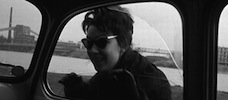
Une histoire d’eau
1958 -
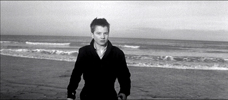
The 400 Blows
1959 -
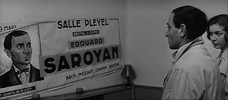
Shoot the Piano Player
1960 -
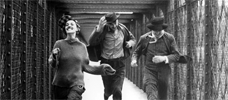
Jules and Jim
1962 -
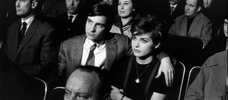
Antoine and Colette
1962 -
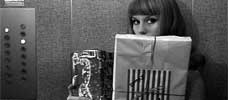
The Soft Skin
1964 -
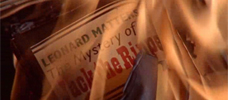
Fahrenheit 451
1966 -
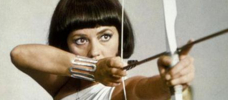
The Bride Wore Black
1968 -
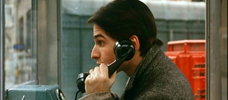
Stolen Kisses
1968 -
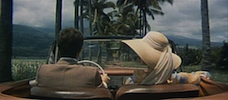
Mississippi Mermaid
1969 -
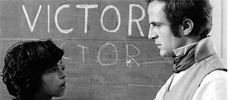
The Wild Child
1970 -
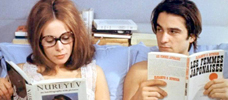
Bed and Board
1970 -
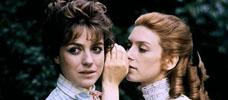
Two English Girls
1971 -
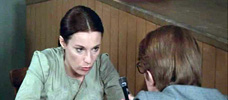
Such A Gorgeous Kid Like Me
1972 -
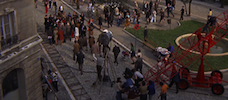
Day for Night
1973 -
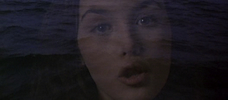
The Story of Adele H.
1975 -
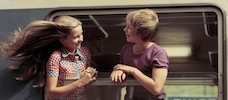
Small Change
1976 -
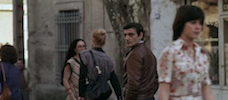
The Man Who Loved Women
1977 -
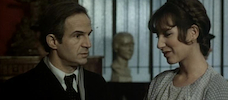
The Green Room
1978 -
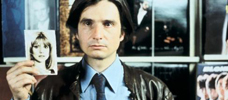
Love on the Run
1979 -
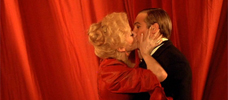
The Last Metro
1980 -
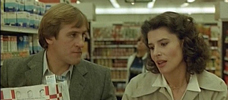
The Woman Next Door
1981 -
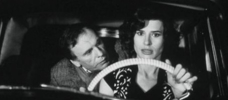
Confidentially Yours!
1983
We don’t do comments anymore, but you may contact us here or find us on Twitter or Facebook.



